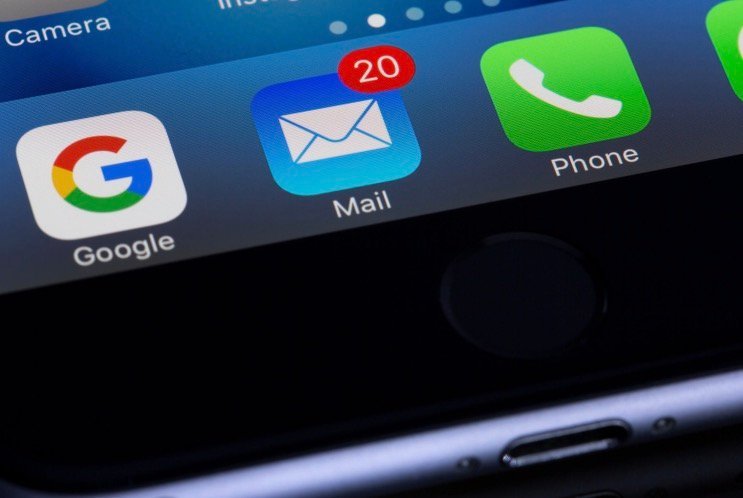Dealing with an overly confident user on the phone is a common challenge for many professionals. These interactions can be tricky, but they don’t have to be unproductive. Understanding why a user behaves this way and having the right strategies can turn a difficult call into a successful one. This guide will show you how to manage these conversations effectively, ensuring both you and the user feel heard and respected while working towards a solution.
How to Spot an Overly Confident User on a Call
Recognizing the signs of an overly confident user early in the conversation is the first step to managing it well. These individuals often dominate the dialogue, believing they know more about the situation than you do. Their confidence might come from past positive experiences or simply be a part of their personality.
They tend to assert their opinions strongly and may be quick to dismiss your suggestions or expertise. It’s crucial to identify this behavior not as a personal attack, but as a communication style that needs a specific approach.
Look for a few key indicators to identify this user type:
- Constant Interruptions: They frequently talk over you and don’t allow you to finish your sentences.
- Dismissive Language: They might use phrases like “I already know that” or “That won’t work” without hearing your full explanation.
- Challenging Your Knowledge: They may question your expertise or recommendations without providing clear reasons for their skepticism.
Understanding these signs helps you mentally prepare to shift your communication strategy from a standard one to a more diplomatic and guided approach.
Core Strategies for Effective Communication
Once you’ve identified an overly confident user, employing specific communication tactics can make all the difference. The goal is to create a collaborative environment rather than a confrontational one. Your tone and choice of words are your most powerful tools in this scenario.
Active listening is perhaps the most critical skill. When users feel genuinely heard, they are more likely to become cooperative. This means giving them your full attention, not just waiting for your turn to speak. Acknowledge their points before you present your own, which shows respect for their perspective.
Using empathy and validation is another key strategy. You don’t have to agree with them to understand their feelings. Simple phrases like, “I can see why you feel that way,” or “That’s a valid point,” can diffuse tension and build rapport. This practice helps the user feel like an ally in the problem-solving process, not an opponent.
The Importance of Setting Clear Boundaries
While being empathetic is important, you also need to guide the conversation and maintain control. Setting clear boundaries is essential for keeping the call productive and focused. This involves gently but firmly establishing the scope of what can be accomplished during the interaction.
Clearly outline what you can and cannot do for them. This manages their expectations and prevents the conversation from spiraling into unrealistic demands. Setting boundaries helps create a framework for a constructive dialogue. For example, if a user starts veering into areas outside your expertise, you can politely steer them back by saying, “My focus is on resolving X, so let’s concentrate on that to get you the best result.”
Here is a helpful way to frame your responses to maintain control:
| Instead of Saying This | Try Saying This |
| “You’re wrong about that.” | “I see it differently. Let me explain my perspective.” |
| “That’s not my department.” | “While I can’t help with that directly, I can focus on solving…” |
| “You need to listen to me.” | “Let’s work together on this. Can we try exploring this option?” |
This approach offers constructive feedback without making the user feel devalued, fostering a more open and respectful exchange.
Building Trust and Demonstrating Your Expertise
An overly confident user is more likely to cooperate if they trust you and respect your expertise. Trust is not built by winning an argument, but by showing you are a credible and reliable resource dedicated to helping them.
Start by establishing rapport. Using the user’s name and acknowledging any expertise they share can make the conversation feel more personal and less transactional. Ask open-ended questions that invite them to share more details, showing that you value their input and perspective.
At the same time, don’t be afraid to demonstrate your own knowledge. You can reinforce your credibility by providing clear, concise information backed by data or relevant examples. For instance, you could say, “In my experience with similar situations, I’ve found that this approach works best because…” This conveys competence without arrogance and reassures the user that they are in capable hands.
Navigating Tough Moments and De-escalating Tension
Even with the best strategies, conversations can become difficult. Overly confident users may become frustrated or challenge your instructions directly. In these moments, your ability to remain calm and professional is paramount.
If tension begins to rise, focus on de-escalation techniques. The primary goal is to lower the emotional temperature of the conversation. Start by validating their feelings. A simple, “I understand this is frustrating for you,” can go a long way.
Use a calm, steady tone of voice and avoid matching their level of agitation. Paraphrase their main points to confirm you understand their position. This active listening technique shows you are engaged and can often help the user feel heard, which is a powerful de-escalation tool. Your professionalism during a tough moment can turn a negative interaction into a positive one.
Effective Follow-Up Practices for Lasting Success
Your work isn’t over when the call ends. Strong follow-up practices are crucial for reinforcing the solution and ensuring user satisfaction, especially with a confident user. A follow-up can solidify the trust you’ve built and clarify any potential misunderstandings.
After the call, send a brief email summarizing the key points discussed and the agreed-upon resolution. This creates a written record and shows your commitment to helping them. This simple step demonstrates that you value their time and are dedicated to ensuring their issue is fully resolved.
Encouraging continued engagement can also turn a confident user into a loyal advocate. You can invite them to provide feedback on their experience or offer additional resources that align with their interests. By making them feel valued, you foster a long-term positive relationship.
Frequently Asked Questions about Handling Confident Users
What should I do if the overly confident user dismisses my suggestions?
Remain calm and ask open-ended questions to understand their perspective better. Acknowledge their viewpoint before gently reintroducing your suggestion with supporting facts or examples. This collaborative approach often works better than direct confrontation.
How can I establish authority without sounding arrogant?
Share your expertise by using phrases like, “Based on my experience…” or “What we typically see in these cases is…” This grounds your authority in practical knowledge rather than just opinion, which helps build credibility without undermining the user’s confidence.
What if the user challenges my instructions repeatedly?
If a user continues to challenge you, ask them to explain their reasoning. This gives you a chance to address their specific concerns. Reinforce your instructions by explaining the logic and benefits behind them, helping them understand why your method is the best path forward.
Is it a good idea to use humor with an overly confident user?
Humor can be effective but must be used with caution. A light-hearted, appropriate comment can help diffuse tension and build rapport. However, avoid sarcasm or any humor that could be misinterpreted as dismissive of their concerns.
What is the best way to handle a user who refuses to follow guidelines?
Clearly and respectfully explain the rationale behind the guidelines and how they are designed to help. If they still refuse, validate their concerns but hold firm on the necessary procedures. If the situation doesn’t resolve, document the interaction and escalate it to a supervisor if needed.








Leave a Comment